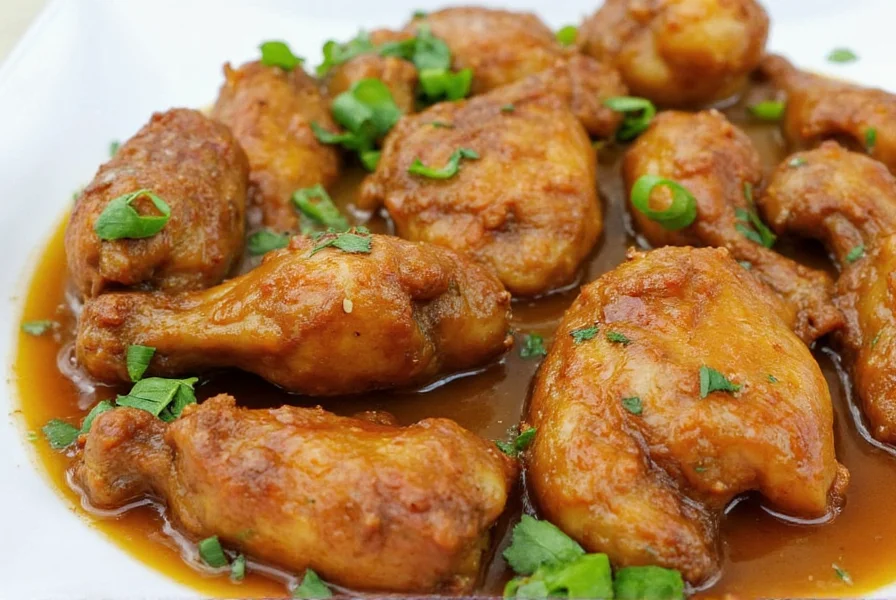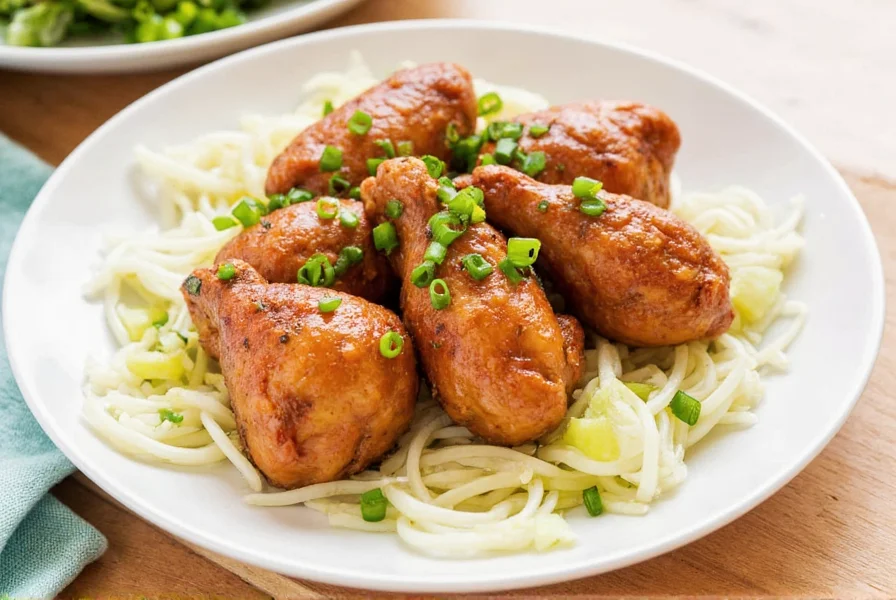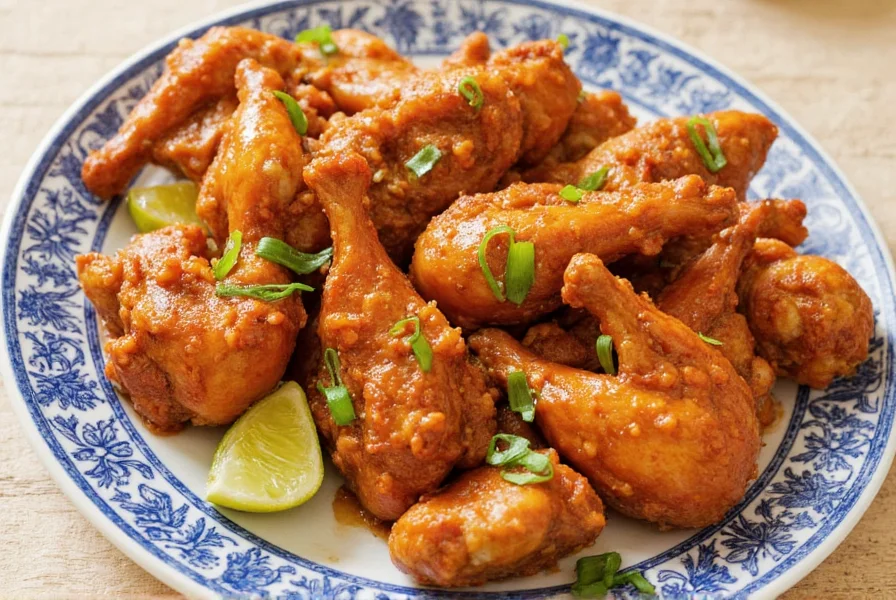If you've encountered the term ginger chicken run and wondered what it entails, you're likely searching for a specific preparation method of this beloved Asian dish. While not a standardized culinary term, this phrase generally describes a particular style of ginger chicken stir-fry where ingredients 'run' together in the wok during high-heat cooking, creating a cohesive sauce that coats each component perfectly.
Understanding Ginger Chicken Preparation
The confusion around ginger chicken run often stems from regional variations and chef-specific techniques. Unlike standard ginger chicken recipes, this method emphasizes the 'running' motion of ingredients in the wok, where properly timed tossing allows the sauce to emulsify and cling to the chicken and vegetables. This technique requires precise heat control and ingredient sequencing to achieve the signature glossy finish that distinguishes authentic preparations.
Essential Ingredients for Authentic Flavor
Creating an exceptional ginger chicken run starts with selecting quality components. The ginger element isn't merely an accent—it's the flavor foundation that should be fresh, pungent, and abundant. Many home cooks underestimate how much ginger this dish requires to achieve proper flavor penetration.
| Core Ingredients | Quantity | Preparation Notes |
|---|---|---|
| Boneless chicken thighs | 1.5 lbs | Cut into 1-inch pieces, patted dry |
| Fresh ginger root | 3-4 inches | Thinly sliced then julienned |
| Soy sauce (low sodium) | 3 tbsp | Divided for marinating and finishing |
| Rice vinegar | 2 tbsp | Essential for brightening flavors |
| Sesame oil | 1 tbsp | Added at the end for aroma |
Mastering the Ginger Chicken Run Technique
The 'run' in ginger chicken run describes the moment when properly heated sauce components combine and flow together in the wok. This critical phase requires attention to three key elements:
- Wok temperature - Must reach smoking point before adding oil
- Ingredient sequence - Ginger first, then aromatics, followed by protein
- Sauce consistency - Should coat the back of a spoon when properly emulsified
Professional chefs achieve the signature 'run' by controlling liquid reduction. As the sauce components heat, they release moisture that initially separates but then 'runs' together as water evaporates and starches in the sauce thicken. This transformation typically occurs around the 90-second mark after adding liquid ingredients to the wok.

Common Preparation Mistakes to Avoid
Many home cooks struggle with ginger chicken run due to these frequent errors:
- Using pre-minced ginger from jars instead of fresh root
- Adding cold ingredients to a hot wok, causing temperature drop
- Overcrowding the wok, leading to steaming instead of searing
- Stirring constantly rather than allowing proper caramelization
- Adding sauce too early before ingredients have developed fond
Variations Across Regional Cuisines
While the basic ginger chicken run concept remains consistent, regional adaptations offer distinctive flavor profiles:
| Regional Variation | Distinctive Elements | Recommended Pairing |
|---|---|---|
| Cantonese Style | Milder ginger presence, emphasis on chicken quality | Steamed jasmine rice |
| Sichuan Version | Additional chili peppers, numbing Sichuan peppercorns | Cucumber salad |
| Modern Fusion | Honey or maple syrup for sweetness, broccoli florets | Quinoa or cauliflower rice |
Perfecting Your Ginger Chicken Run at Home
For optimal results with your ginger chicken run preparation, follow these professional tips:
First, marinate your chicken pieces for 15-20 minutes in 1 tablespoon of soy sauce, 1 teaspoon cornstarch, and 1 teaspoon Shaoxing wine (or dry sherry). This creates a protective layer that prevents overcooking while helping the sauce adhere better during the 'run' phase.
When preparing your ginger, slice it paper-thin using a sharp knife rather than grating. Thin slices provide bursts of intense flavor throughout the dish rather than an evenly distributed but less pronounced ginger taste. The visual appeal of these delicate ginger strands also enhances the final presentation.

The critical 'run' moment occurs when you add your sauce mixture (2 tablespoons soy sauce, 2 tablespoons rice vinegar, 1 tablespoon honey, and 1/4 cup chicken broth) to the nearly cooked ingredients. Immediately after adding the liquid, increase heat to high and use your wok spatula to continuously toss the ingredients in a folding motion for 90 seconds. You'll notice the liquid transforming from separated droplets to a cohesive, glossy coating that 'runs' across the ingredients.
Nutritional Benefits of Ginger Chicken Run
Beyond its delicious flavor, ginger chicken run offers notable health advantages. Fresh ginger contains gingerol, a bioactive compound with powerful anti-inflammatory and antioxidant properties. When combined with lean chicken protein and minimal oil preparation, this dish provides a balanced meal rich in:
- High-quality protein for muscle maintenance
- Gingerol for digestive health and inflammation reduction
- Essential amino acids from chicken
- Low carbohydrate content when served with vegetable alternatives
Storage and Reheating Recommendations
While ginger chicken run is best enjoyed fresh, proper storage maintains quality for leftovers. Cool the dish completely before transferring to an airtight container. Refrigerate for up to 3 days or freeze for up to 2 months. When reheating, use a wok or skillet over medium heat with 1-2 teaspoons of water or broth to recreate the 'run' effect. Microwave reheating often results in uneven texture and separated sauce.
FAQ: Frequently Asked Questions
What distinguishes ginger chicken run from regular ginger chicken?
Ginger chicken run specifically refers to the cooking technique where sauce components properly emulsify and 'run' together in the wok, creating a cohesive coating. Regular ginger chicken may have sauce that pools separately rather than clinging to each ingredient. The run technique requires precise heat control and ingredient sequencing to achieve proper emulsification.
Can I make ginger chicken run without a wok?
Yes, you can adapt the ginger chicken run technique using a large cast-iron or stainless steel skillet. The key is achieving proper heat retention and using high burner settings. You may need to work in smaller batches to maintain optimal temperature, and toss ingredients more frequently to mimic the wok's motion. Avoid non-stick pans as they cannot reach the necessary high temperatures for proper 'running' of the sauce.
Why does my ginger chicken sauce separate instead of running together?
Sauce separation typically occurs when the wok temperature drops too low during cooking, when too much liquid is added at once, or when ingredients release excess moisture. To fix this, ensure your wok is properly preheated, reduce sauce liquid slightly, and cook ingredients in proper sequence allowing each component to develop fond before adding liquids. The 'run' happens when water content reduces and starches in the sauce thicken properly.
How can I make ginger chicken run vegetarian?
For a vegetarian version, substitute chicken with extra-firm tofu (pressed and cubed) or seitan. Use vegetable broth instead of chicken broth in the sauce, and consider adding mushrooms for umami depth. The 'run' technique remains the same—just ensure your protein substitute is properly seared before adding sauce to create the necessary surface for sauce adhesion.











 浙公网安备
33010002000092号
浙公网安备
33010002000092号 浙B2-20120091-4
浙B2-20120091-4